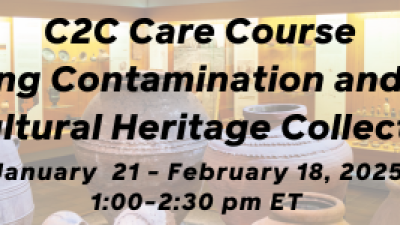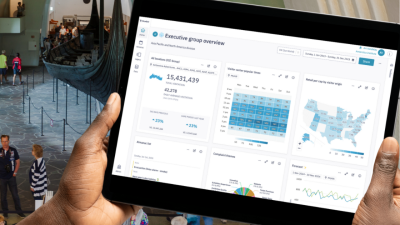Yesterday the Mellon Foundation released a report based on the first comprehensive survey of the demographics of art museum staff. For the most part, it documents what we already knew: “professional” staff in museums (e.g., directors, curators, registrars) are much less diverse than the US population as a whole. But it also surfaces some troubling issues that were less obvious (e.g., the younger cohort off staff is not budging the needle on diversity when it comes to curatorial, education or conservation positions). Most significantly, this report gives us a baseline against which to document our progress in coming decades.
Or lack thereof. The absence of a “youth bulge” (as the report puts it) of staff from historically underrepresented minorities shows time will not magically bring museum staff into alignment with demographics of the US as a whole.
In her introduction, Mariët Westermann, Vice President of the Mellon Foundation summarizes the conclusions of the study, many of which, she observes “are perhaps best addressed on the local level, as local and regional demographics tend to differ considerable across the continent.” Given that I work for museums en mass, I’m thinking about what our field needs to do collectively to change sector-wide assumptions and conventions that are barriers to diversifying staff.
And while many appropriate actions are local or regional, to make real progress on this front we, as a sector, have to identify and examine deeply embedded assumptions about what we do, who is qualified to do it, and what constitutes appropriate training and experience to start doing it.
For example, the report observes that “the nation will need more programs that encourage students of color to pursue graduate education in preparation for museum positions,” citing the AAMD/UNCF diversity initiative and the undergraduate curatorial fellowship program supported by the Mellon Foundation as examples of good work. These are excellent programs, but I’m not convinced we can make real or rapid progress by trying to route more minority students into traditional degree programs.
So go read the report. And while you do, think about the following points:
· The barriers to graduate degrees are not just economic: they are deeply social and cultural as well. From helping diverse students to see graduate degrees as possible or desirable to begin with, to rarity of a cohort of supportive(diverse) peers, to bias on the part of major professors and thesis committees, the current system of higher ed can seem like an endless system of obstructions. Besides,
· Once a degree is in hand, women and minorities often face bias (conscious or unconscious) in hiring, and once hired, in compensation and promotion (which will affect retention).
· As long as museums require traditional graduate degrees for certain position (whether an MA in museum studies or a PhD in art history) we are hostage to the graduate pipeline, over which museums have little if any influence.
· The work of museums, and role of even the most traditional staff, are rapidly evolving. Will a curator of 2030 need the same academic training as the curator of 1980?
For all these reasons, I’m most interested in the approach Mariët hints at when she observes that developing “diverse educational pipelines into curatorial, conservation, and other art museum careers are going to be critical if art museums wish to have truly diverse staff and inclusive cultures.”
We need to take a long hard look at the ways the role of our professional staff are evolving, the skills and knowledge they will need to fill those rolls, and consider a broad and creative range of ways to help prospective staff gain those credentials before, or after, we hire them. We need to support for on-the-job training and to create a robust national system of alternative education related to museum work. We need to subject our hiring practices, from how we write position descriptions and job ads, to how we assess and rank applicants, to excruciating examination of how traditional practices stack the deck.
And perhaps most importantly, we have to not let ourselves off the hook if what ever we try first, or second, or third doesn’t work. As Dr. Johnnetta Cole said in her keynoteat the AAM annual meeting this spring,
“…all of our museums must boldly, indeed bodaciously commit to rethinking about what takes place in our museums, to whom our museums belong, and who the colleagues are who have the privilege of telling important stories through the power of science, history, culture, and art. The responsibility for bringing far greater diversity into each and every one of our museums is in your hands, and in mine.”
Skip over related stories to continue reading article









Comments